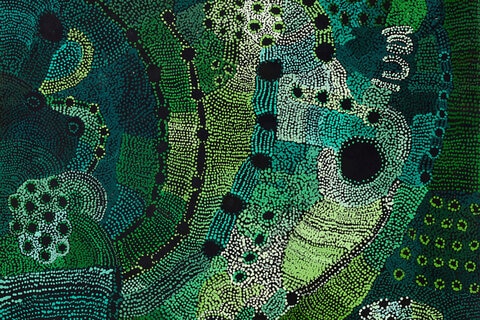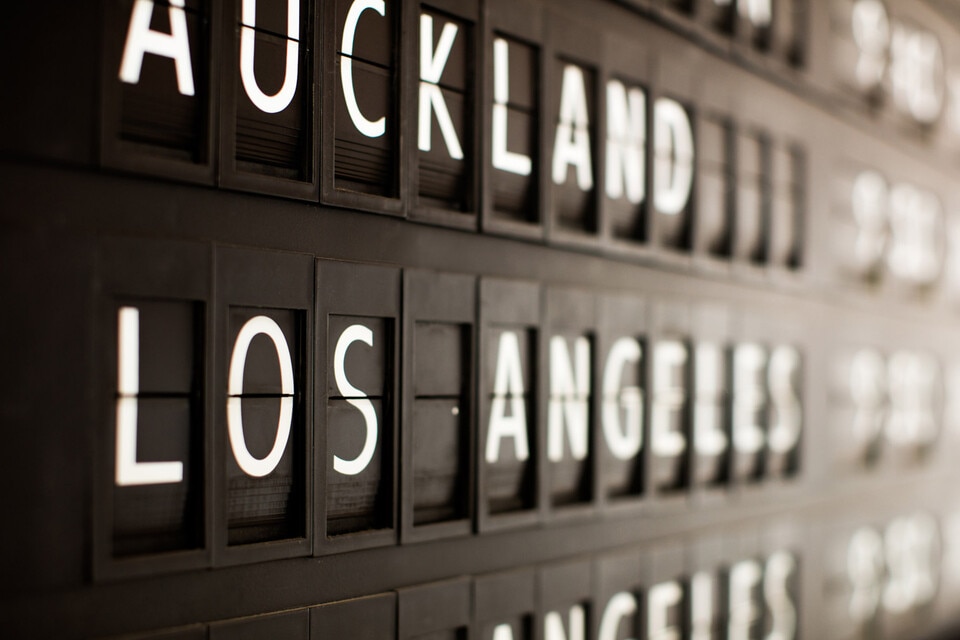
Flying Art Series
We're proud to bring Aboriginal and Torres Strait Islander culture and stories to the world through our Flying Art Series.
Acknowledgement
We would like to acknowledge the Traditional Custodians of the land and waterways in which we live, work and fly and pay our respect to Elders past and present.
Warning: this webpage includes names and images of deceased people that may cause sadness or distress to Aboriginal and Torres Strait Islander peoples.
About the series
Since 1994, through the Flying Art Series we've commissioned and displayed six striking Aboriginal artwork across our fleet. Leading First Nation design agency, Balarinji, has developed all the works in the series in collaboration with Aboriginal artists and their representatives.
Our Flying Art
Explore the different aircraft livery.
Reconciliation at Qantas
The Flying Art Series is an integral part of The Qantas Group First Nations Strategy











